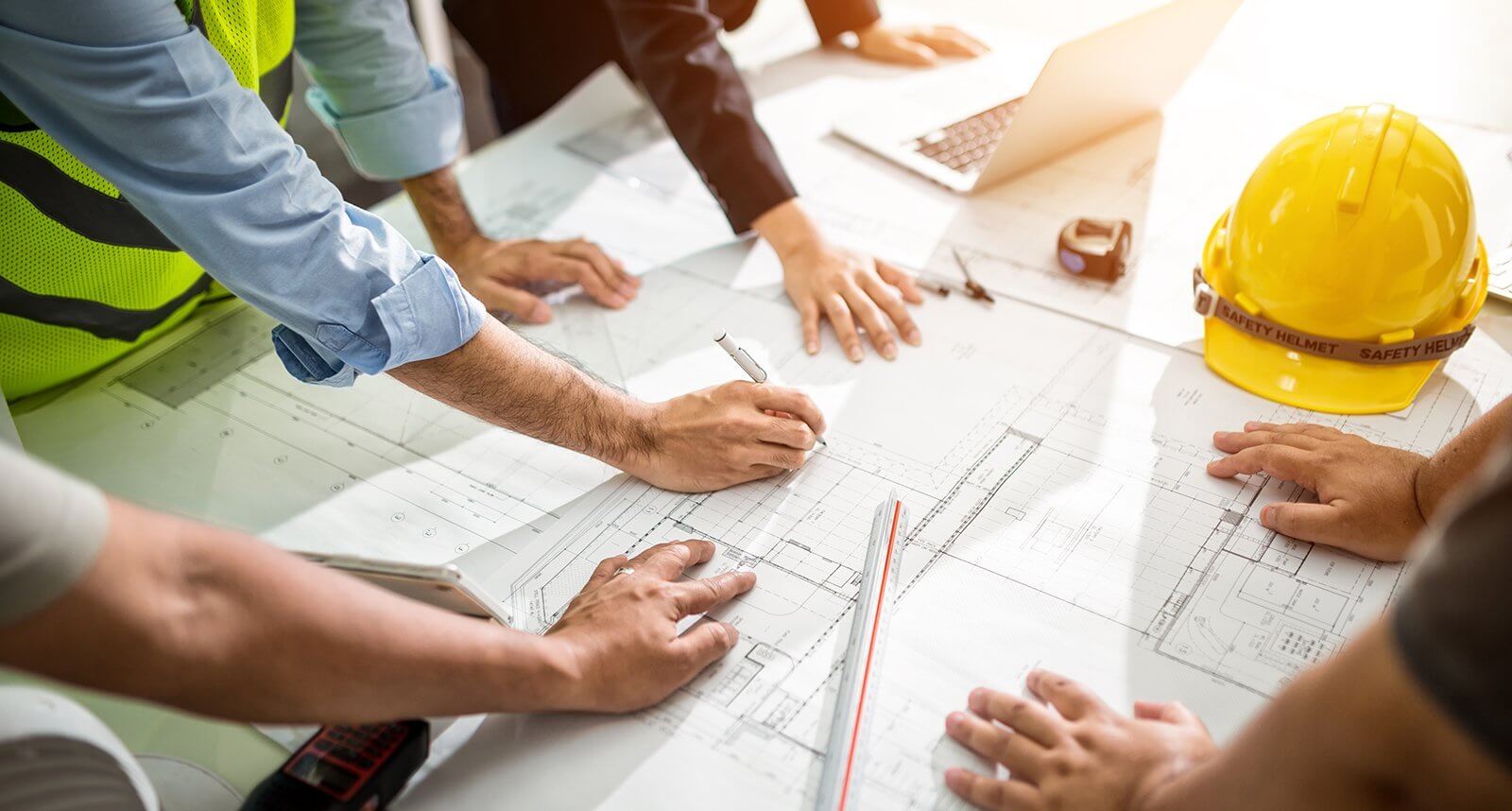by Jeffrey C Kadlowec, Architect
Abstract
Research shows that the success of a building project is affected by a six critical construction variables. This paper lists those factors and discusses potential ways of enhancing overall project performance. Design variables and building complexity impact project cost. Value management and value engineering focus on improving project performance and increasing overall quality through efficient use of resources.
Keywords: construction variables, building performance, project success

Construction Variables
According to [Mallikharjuna 2020], there are six independent variables that affect the outcome of a project. The personnel factor involves people employed on the project. The administrators factor is about persons responsible for manage the work. The technical factor includes both the quality of that work and the applied sciences behind it. The organizational culture factor is defined by [Wong 2020] as the values, expectations and practices of a project team. The project management factor is explained by [Phillips 2004] as the process by which that team is led to complete work goals within set constraints. The material and infrastructure factor addresses various products used in construction and the physical systems required to put those elements into place. Although [Mallikharjuna 2020] used statistical analysis of these factors and how they affect dependent variables of quality, budget, schedule, and stakeholder satisfaction; this paper is focused on understanding those actual variables and exploring possible ways of improving construction process.
Progress is being made in construction economics which incorporates value management and value engineering [Sahid 2017]. Value management is a philosophy focused on improving and maintaining a balance between the needs and wants of the stakeholders and the resources (ie, materials and labor) required to meet them [Value Management 2022]. The table presented by [Annamalai 2021] lists the following job phases and related techniques: Information Phase => Functional Analysis, Creative Phase => Brainstorming, Analytical Phase => Evaluation, Development Phase => Report Writing, and Presentation Phase => Oral Presentation. Value engineering—a commonly heard term—is the systematic approach to increase the value of a project by analyzing each step of the process [BigRentz 2020]. As stated by [Thomas 2019], value engineering is not about cutting costs, reducing scope, a loss in quality, or forcing a redesign. Value engineering is defined by the U.S. General Services Administration (GSA) as, “an organized effort directed at analyzing designed building features, systems, equipment, and material selections for the purpose of achieving essential functions at the lowest life cycle cost consistent with required performance, quality, reliability, and safety.”
Although architects, engineers, and contractors view construction projects differently, each has a vested interest and crucial role to play during its lifecycle. The AIA Document D200: Project Checklist breaks down projects into eight phases: pre-design, site analysis, schematic design, design development, construction documents, bidding or negotiation, construction contract administration, and post-construction services. The Construction Specifications Institute provides a list of similar phases: planning/pre-design, design, bidding/contract negotiation, construction, and post-construction. Most of the problems that arise can be remedied through collaborative efforts. Many could be avoided with a better understanding of the other’s duties, and a few could be eliminated entirely using a non-adversarial approach.
The table from [Sahid 2017] compares impact of ten design variables with plan shape and building complexity having the greatest impact on project cost. Charts illustrate how design decisions can positively and negatively affect the project, while also providing a look at the factors influencing those decisions. The number of floors is dependent upon code requirements, land costs and soil types. The positive benefits of finishing on time, at cost and with quality are inherently expected. The negative consequences of lost confidence, material waste or project abandonment are all undesirable, especially the latter. This is the reason why knowledge, research, and control over design variables is essential to the success of a construction project.
References
Annamalai, Muthuckannal & Ganapathy, Chitra. (2021). Value Management in Construction Projects. 8. 2394-0697.
BigRentz. (2020). What is Value Engineering in Construction? www.bigrentz.com/blog/value-engineering-construction.
Mallikharjuna, Venkata; Ivatury, Venkata Mallikharjuna Kishan & Lemma, Tekalign. (2020). Critical Variables Influencing Project Performance in Real Estate Building Construction Sectors in Ethiopia, East Africa.
Phillips, Joseph (2004). PMP Project Management Professional Study Guide. p354. ISBN 0072230622.
Sahid, Nur; Ainomugisha, Safiki & Solikin, Mochamad. (2017). Building Design Variables Usage as a Tool of Value Engineering During Designing. MATEC Web of Conferences. 103. 03019. 10.1051/matecconf/201710303019.
Thomas, Lee. (2019). How Value Engineering is Used in Construction Projects. projectcostsolutions.com/how-value-engineering-is-used-in-construction-projects/.
Value Management is a Secret for all Leader’s Success. (2022). learntransformation.com/value-management/.
Wong, Kellie. (2020) Organizational Culture: Definition, Importance and Development.



